Ride the Bull
Red Bull is a globally recognized brand, made famous by its energy drinks. Created in 1987 by Dietrich Mateschitz the Austrian beverage company now has the market share for beverages worldwide. Their product is advertised aggressively in high intensity sport markets such as hockey, mountain biking, BMX, motocross, windsurfing, snowboarding, skateboarding, kayaking, wakeboarding, cliff-diving, surfing, soccer, skating, freestyle motocross, rally car and Formula 1 racing. 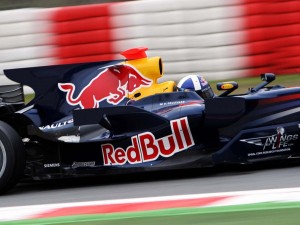
Red Bull has strived to associate themselves with extreme, dangerous and successful athletes and teams. Specifically, the EC Red Bull Salzburg hockey club has been the top team in professional European hockey perennially. Their success however, has been anything but a mistake or fluke.
Owner Dietrich Mateschitz has poured massive amounts of funding into EC Red Bull Salzburg. Mateschitz has overseen everything from a completely renovated state of the art rink, a travel bus that could rival any hockey players dream, massive advertising campaigns, personalized Red Bull decaled cars for each player, and most importantly, attracting and bringing in world class talent to perform on their superior stage.
Whenever the Red Bulls play, travel, or make public appearances, they are covered in, and represented by the famous red bovines. This is a perfect example of brand equity, and how the energy drink giant wants to associate itself with success and vice versa. The team wants to be recognized as elite, and associated with the giant who is Red Bull Sport.
In my previous blog I commented on how unattractive the obscenely ad-covered hockey jerseys are in the European leagues. However, in retrospect I find myself being slightly hypocritical, because I really think what the EC Red Bull Salzburg has done as far as a total package image is really quite effective.
 Comments(2)
Comments(2)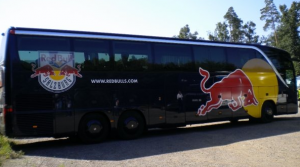


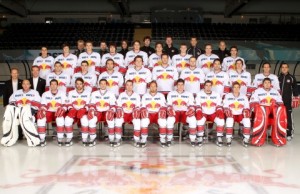

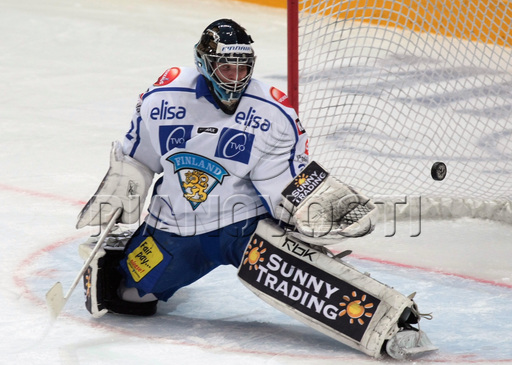
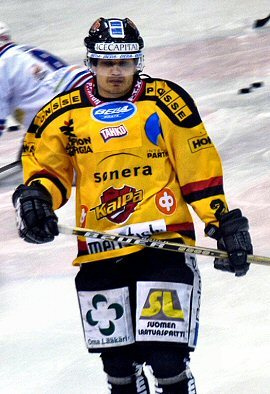



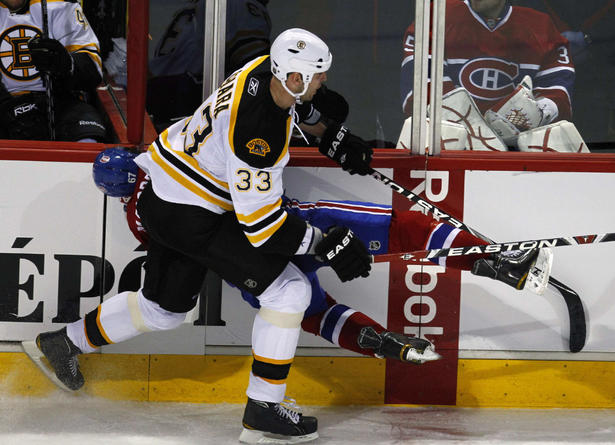
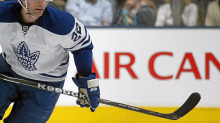




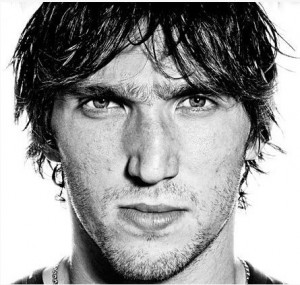











 Currently on campus, really the only form of advertisement for Varsity games is one weekly minuscule poster that is displayed sparsely around campus. Some reading right now may not even know which posters I am referring to, and that is exactly mypoint. They are over powered by words and give little to no visual stimulation. The UBC student body and community alike will be hard pressed to stop and acknowledge what the posters are trying to promote. To promote effectively, customers need to be attracted to advertise-
Currently on campus, really the only form of advertisement for Varsity games is one weekly minuscule poster that is displayed sparsely around campus. Some reading right now may not even know which posters I am referring to, and that is exactly mypoint. They are over powered by words and give little to no visual stimulation. The UBC student body and community alike will be hard pressed to stop and acknowledge what the posters are trying to promote. To promote effectively, customers need to be attracted to advertise-


